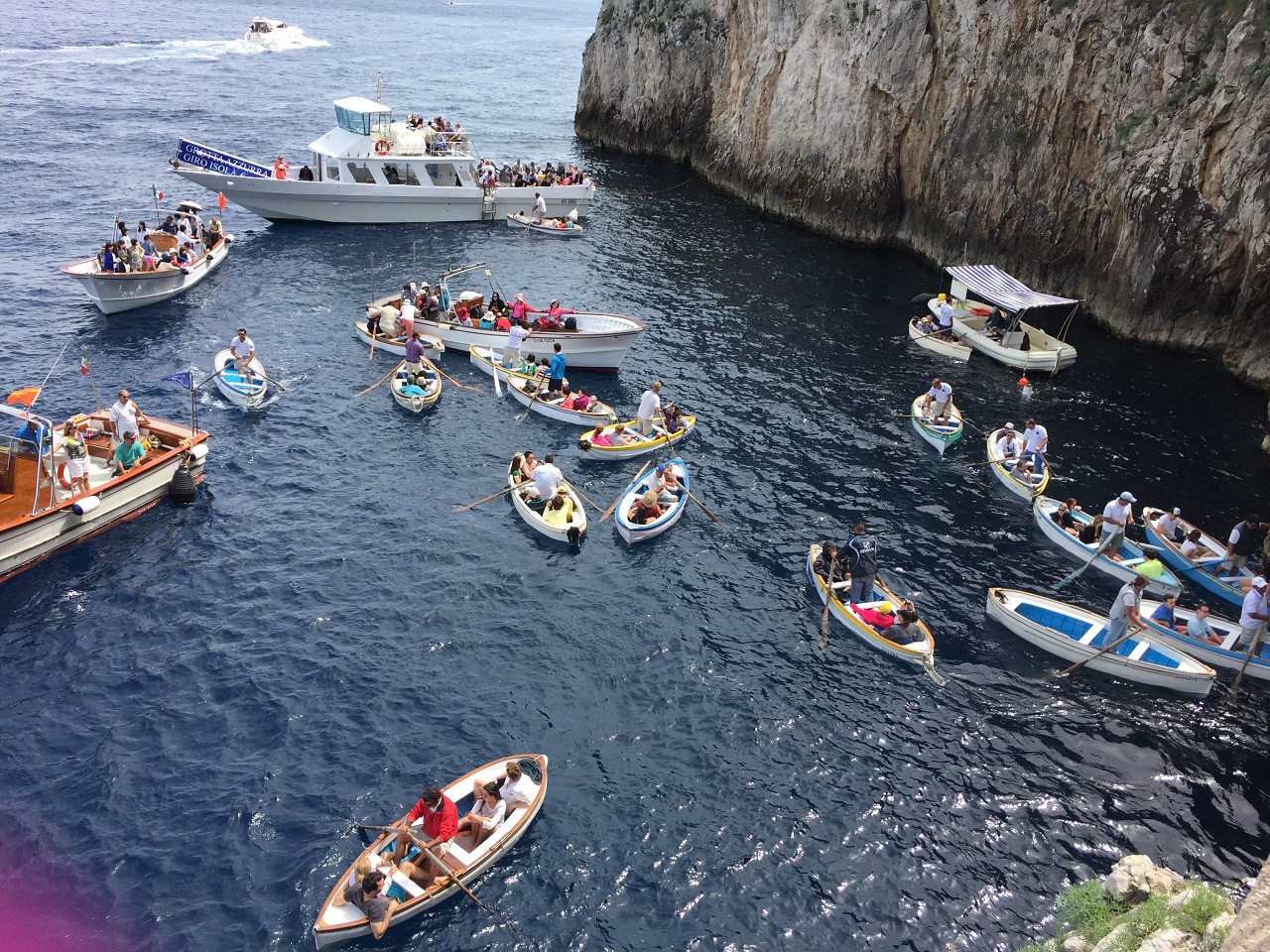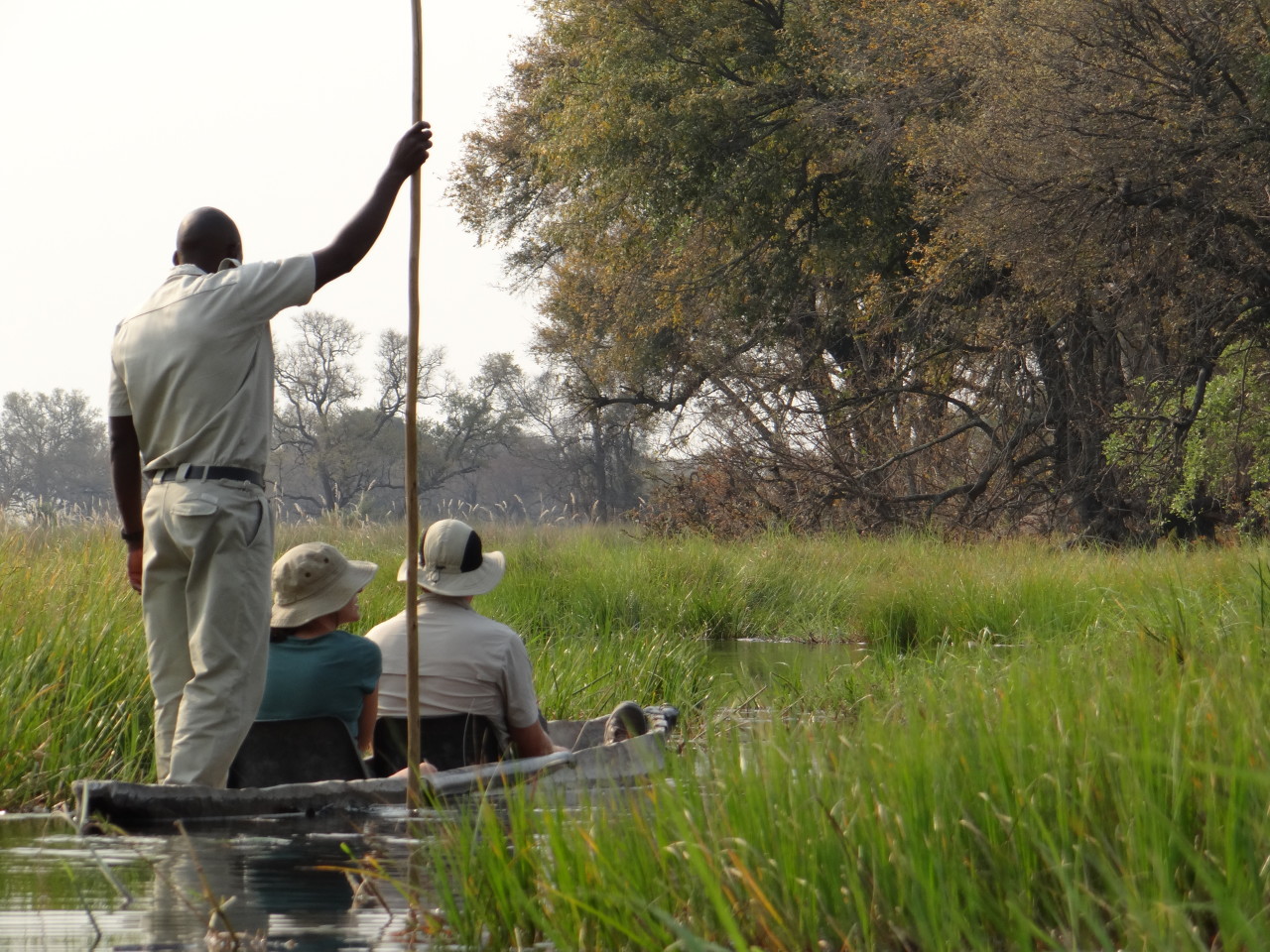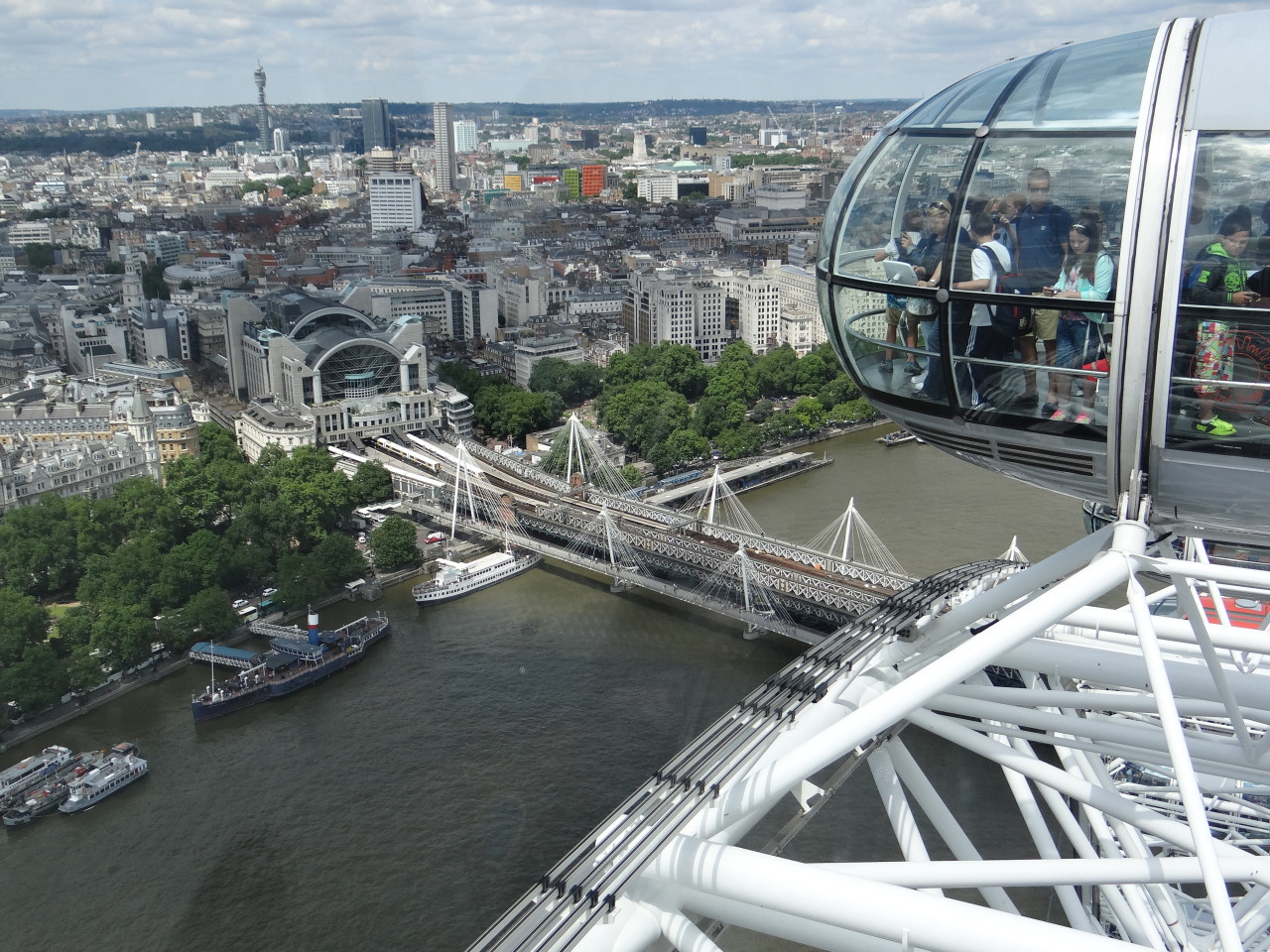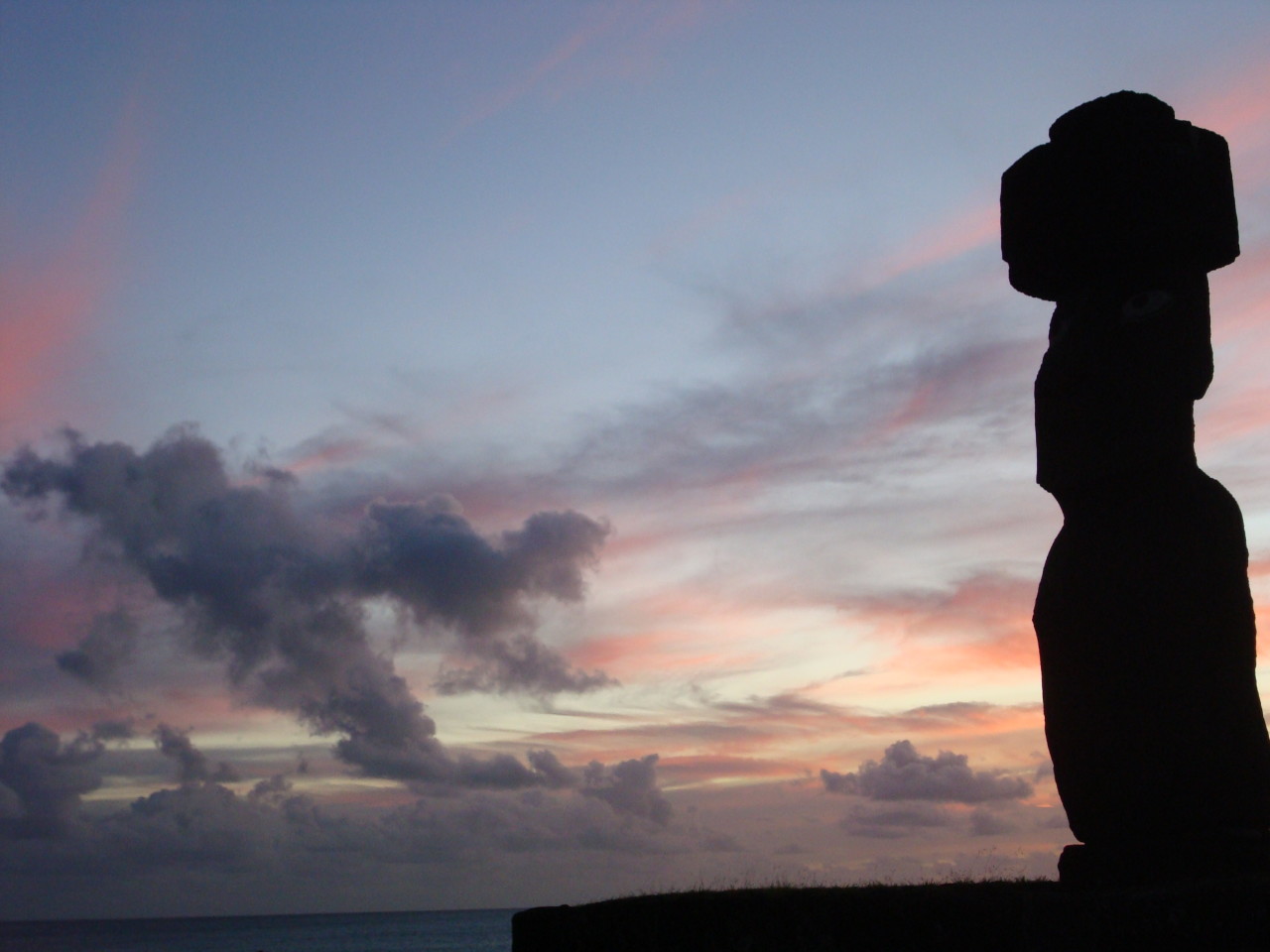
Living in Philadelphia, I am surrounded by history everyday and July 4th is a great reminder of the events that brought about our freedoms and liberties to draw up the U.S. Constitution (the Constitution Center is also a large reminder with life size statues of the signers). Celebrating July 4th in Philadelphia is such a treat, it’s called “Welcome America” and starts a few days before the 4th showcasing various events throughout the city to celebrate the holiday in our own Philly way. It is very easy to forget as we stuff ourselves with burgers, hot dogs and watch fireworks, that it is about our history and the sacrifices made to secure the lives we lead today.
In 1988, the Liberty Medal was created and “awarded annually to men and women of courage and conviction who strive to secure the blessings of liberty to people around the globe”. Originally it was awarded on July 4th each year but now has moved to the fall. If only I was old enough and wise enough to know the importance of the award winners twenty years ago on July 4th.
1993 Liberty Medal Recipients –“The Liberty Medal’s International Selection Commission had America’s founder in mind in selecting this year’s awardees F. W. de Klerk and Nelson Mandela, for their enormous courage, integrity, forbearance, sense of justice and devotion to freedom and consensus for the common good. Once again, a ‘new order of the age’ is being forged and we are privileged to be beholders.” – Liberty Medal International Selection Commission
President Bill Clinton presided over the ceremony presenting the men with their shared recognition of the award. This happened in my city, Philadelphia, and I had no clue (at the time) how significant this was in the history of life. You can read Mr. Mandela’s acceptance speech for the Liberty Medal.

I would have the opportunity to visit South Africa and for me it primarily for safari, you know, the bucket list of “things to do” and yet the experience of the country was so much more. I’ve posted a bit about my trip and it still resonates with me how incredibly fortunate I was to visit and experience the country. I can easily take you to South Africa in 5,000+ photos but to convey the spirit of the country that stays with you after a visit is a bit harder.

Mr. Mandela was woven into all of my experiences in Johannesburg (sadly the Apartheid Museum was closed during my visit), Capetown and Port Elizabeth as the guides spoke of the history of the country – how they grew up and where they (and the country) are now.
In Capetown, I would visit Robben Island and was struck by the prison, it’s history and Mr. Mandela’s stay there for so many years (he was housed in three prisons during his sentence). A visit to his small cell and the limestone quarry that he labored gave glimpses into his life on Robben Island. What I found to be torture was the island’s view of the immense beauty that lie across the water in Capetown with Table Mountain in the clouds. Freedom and beauty, a boat ride away, yet so elusive. The tours are led by former prisoners and you can’t help but be affected by their struggles and the fight for the country. You quickly realize the freedoms you often forget you have.


My Capetown tours to the wineries and botanical gardens would involves a stop at a prison he spent time after moving from Robben Island – surrounded again by lush beauty. A statue of Mr. Mandela is located at the prison entrance carved with his words.
At the botanical gardens a bit lighter tribute in flower form. The rare yellow (instead of the orange) bird of paradise that grows so well in South Africa, often called “Mandela’s Gold” in tribute to Mr. Mandela. One of his many homes is located near the garden so we did a drive by to see the walls with barbed wire as is the norm (sadly) around most homes, the presence of security guards and a quick glimpse of the outside of the home (he wasn’t in residence at the time).

On my visit to Port Elizabeth, I was surprised by the artwork on display showing Mr. Mandela and a line of people wrapped around the corner of the park representing all walks of life who waited hours upon hours to vote for his historic presidency. It is called “Voting Line” and this article tells you a bit more about it. It is an amazing art sculpture to see and it reminds you that voting in some parts of the world is still such a privilege. A privilege, I feel, we take too lightly in the U.S.


Mr. Mandela’s life, his work, his legacy continues everyday, not only in South Africa but around the world. Today, July 18th is recognized as Mandela Day, a day to make a difference, to change the world one step at a time. A day to remind you that you are empowered to make a difference in the world, in the life of another person, in your own life -start small and build from there. You only need to be rich in spirit, in determination and in faith that you have it in you to affect others positively through your words, your actions, your deeds.
The Mandela Day campaign message is simple: Mr Mandela gave 67 years of his life fighting for the rights of humanity. All we are asking is that everyone gives 67 minutes of their time, whether it’s supporting your chosen charity or serving your local community.
So what can you do today to make a small difference in the world? In your life? In the lives of others? Need some ideas? You can like the Mandela Day Facebook page and connect with others, you can share on your own social media outlets or you can keep it to yourself knowing that you did something today to change the world.

You really can sow the seeds that make change happen in the world, recognizing that the freedoms you enjoy are the fruits of seeds planted many, many years ago for your Independence Day.






One thought on “Reflecting on my Powerful South Africa Visit on Nelson Mandela Day”
Long Walk to Freedom is the best autobiography I’ve ever read. Enlightening.
Comments are closed.